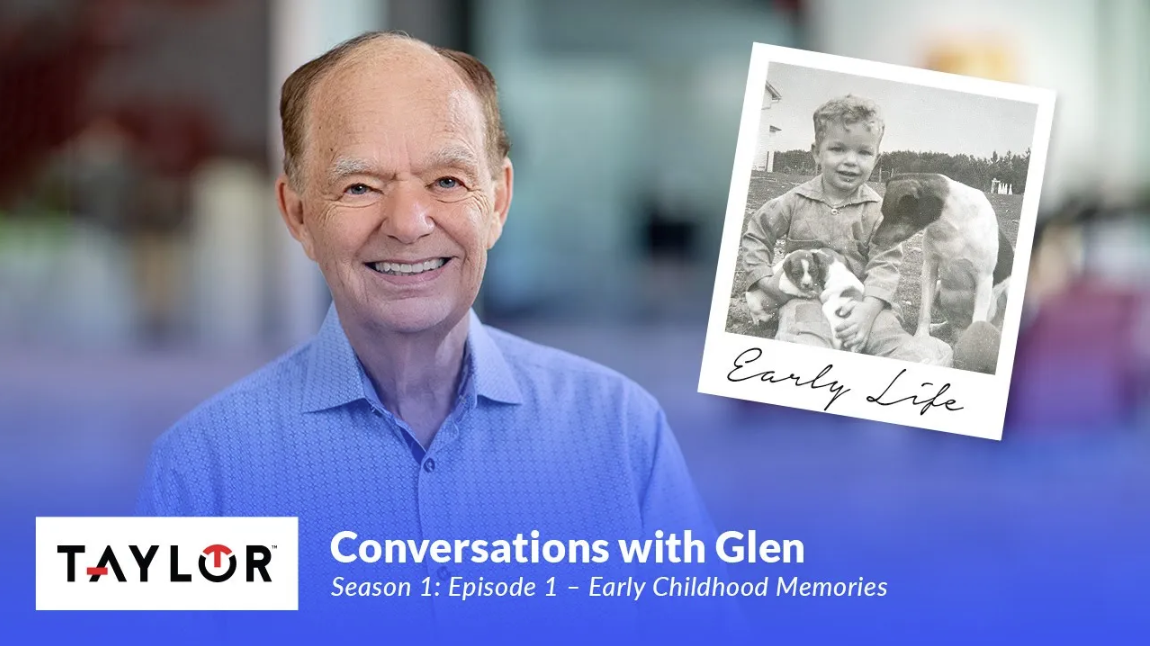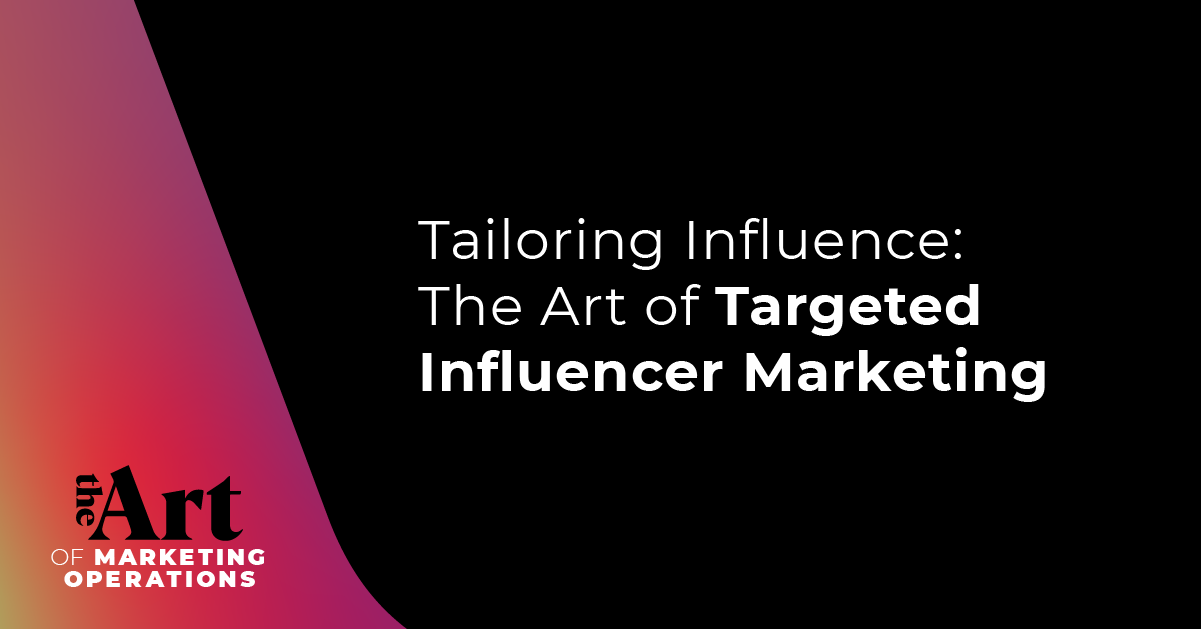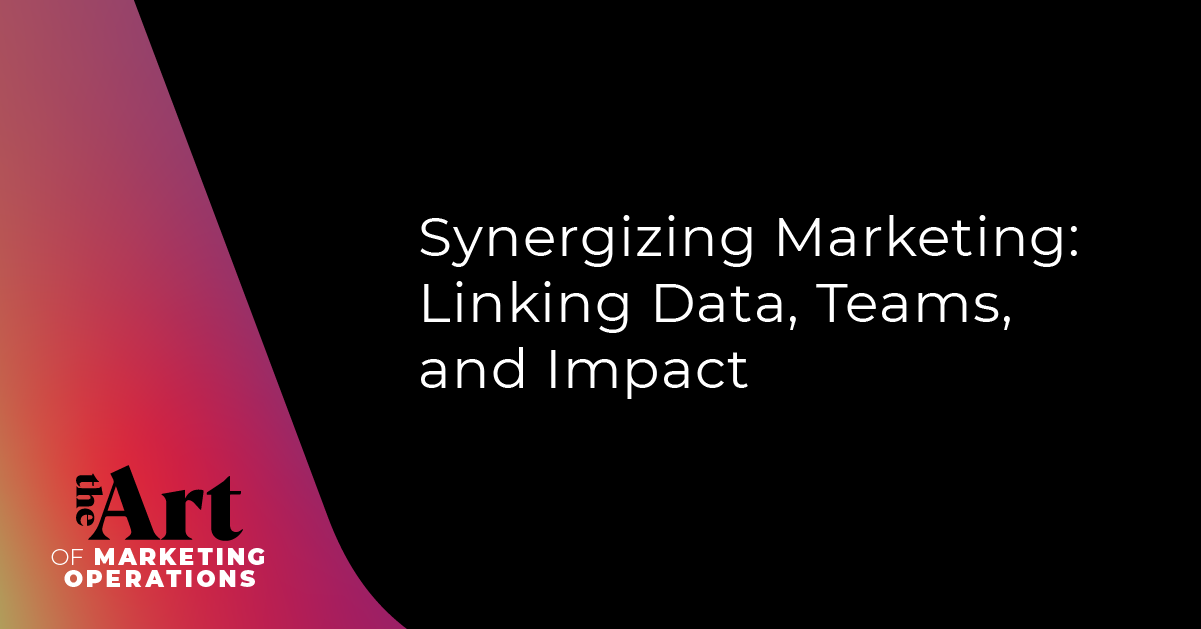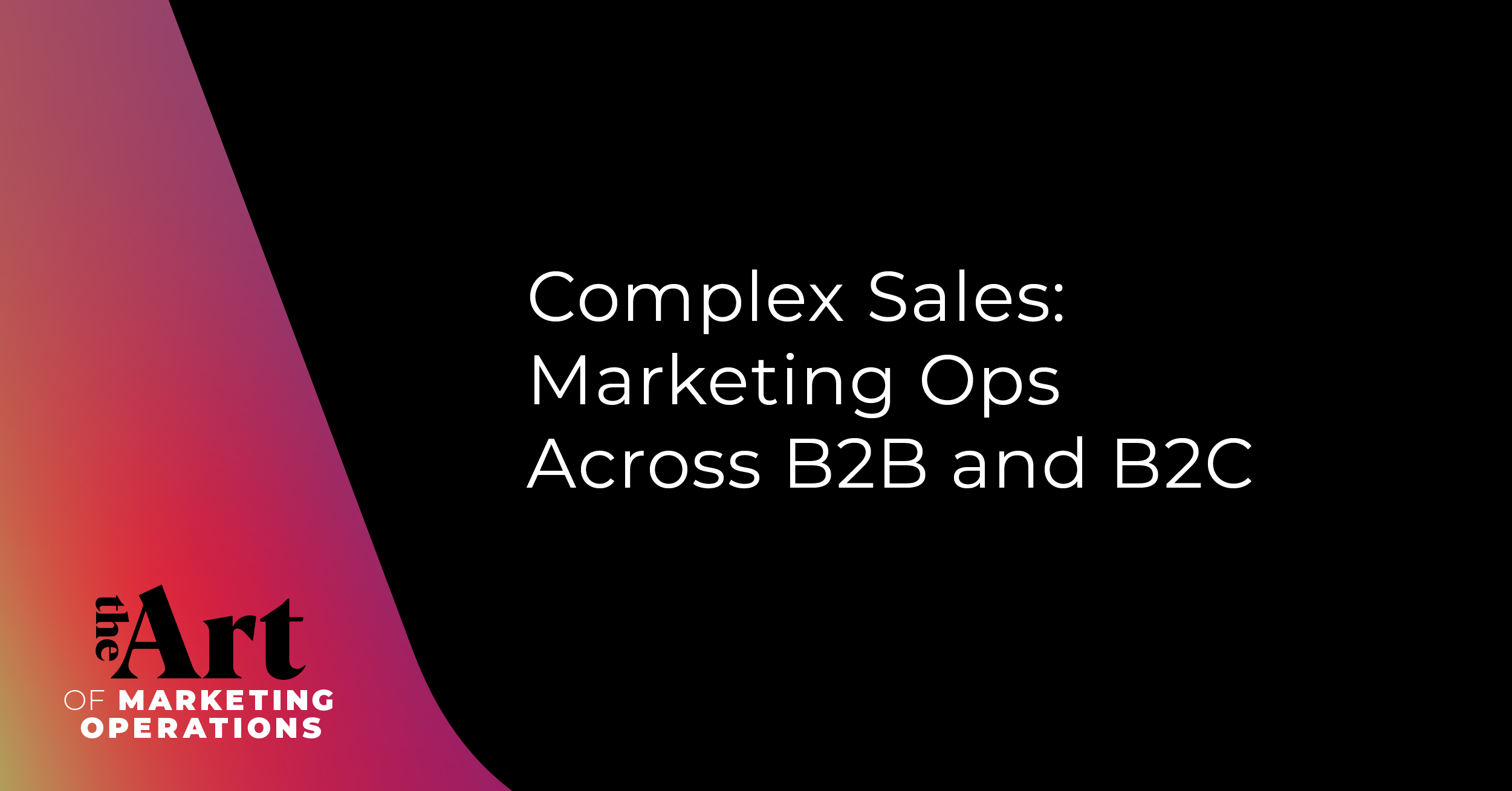Operationally excellent functions can supercharge your business, launching teams towards efficiency and distinction. Unfortunately, this rhythm of strong practices with plans, goals, measurements and systems is lacking across marketing teams.
We met with Peter Mahoney, Founder of Plannuh, to discuss exactly why most marketing teams lack this vital alignment, and how you can build a strategy to gain operational excellence. Also the host of the podcast, The Next CMO, and author of a book by the same title, we speak with Peter about tried-and-true, actionable strategies you can implement today.
Join us as we discuss:
- Understanding the financial component of marketing ops is essential for excellence
- Translating marketing outcomes into executive language
- Essential thought leadership strategy and how to build your own
Finance and Marketing: A Dynamic Duo Reunited
Once upon a time, marketing and finance were inseparable partners in crime, working hand-in-hand to drive business success. However, as marketing became more specialized, they drifted apart, like characters in a tragic love story. But fear not, for it's time to rewrite the narrative and reignite the magic of this dynamic duo.
To achieve operational excellence, it is crucial to understand your company's financial health and align your marketing team's goals with the finance department. By rekindling the flame between marketing and finance, you'll lay the foundation for a strong and successful marketing operation.
Building Bridges with Other Departments
Operational excellence in marketing cannot be achieved in isolation. Collaboration and knowledge sharing are essential ingredients for success. By fostering a culture of collaboration within your marketing team and across other departments, you can harness the collective intelligence of your organization.
Encourage open communication, cross-functional meetings, and brainstorming sessions to spark creativity and innovation. Break down silos and create opportunities for different teams to share their insights and expertise. When marketing collaborates with product development, sales, customer service, and other key departments, it leads to a holistic understanding of the customer journey and enables the creation of more impactful marketing campaigns.
Speaking the Language of Results: Leaving Marketing Buzzwords Behind
Marketers have their own secret language, filled with buzzwords and industry-specific terms. While it may be our native tongue, it can create a communication barrier when engaging with other executives. Peter discusses the importance of ditching the marketing gibberish and speaking the language of results.
It's time to shift your focus to the big picture and effectively communicate the impact of your marketing efforts. Delivering a compelling narrative centered around results will grab their attention and demonstrate the value marketing brings to the table.
Unleashing the Power of Thought Leadership
Thought leadership is not just a fancy new term; it's a powerful strategy that can elevate your marketing game to new heights. Peter dives deep into the concept of thought leadership and its significance in driving operational excellence.
The key to successful thought leadership? Authenticity. To be successful you have to create valuable content that genuinely resonates with your audience, leaving behind the days of shameless self-promotion disguised as thought leadership. But how can you get there?
By providing valuable insights and positioning yourself as a trusted authority in your industry, you'll attract attention, build credibility, and establish a loyal following.
Consistency in the Physical World in a Digital Age
Marketers aiming to create impactful brand experiences should strive for consistency and quality across these platforms.
By carefully considering the physical representation of a brand — its look, feel, materials, and colors — alongside its digital manifestation, companies can enhance their brand experiences, according to Peter. This comprehensive approach ensures that the brand resonates with customers and employees alike, generating a powerful and cohesive impression.
Standing out in today's crowded marketplace requires going the extra mile and considering the physical expression of a brand. By doing so, businesses can create a unique and memorable identity that sets them apart from competitors. So, let's not overlook the physical world in our pursuit of digital excellence — it's an essential piece of the branding puzzle.
Coherent Plans: The Number 1 Need
_quote1.png?width=1200&height=629&name=Copy%20of%20EP50%20HQ%20v1%20Peter%20Mahoney%202121%20(1)_quote1.png)
Having a well-thought-out plan is crucial for success, regardless of the situation. It provides a clear direction and ensures alignment across different functional teams. Moreover, it's vital to connect your plan to tangible financial outcomes. By doing so, you can demonstrate the impact of your efforts and track progress effectively.
Coherence is another key aspect to consider. A focused plan with a core set of campaigns is more likely to yield positive results. If you find yourself juggling too many campaigns, it's worth questioning whether they align with your goals and if they contribute significantly to your success. Identifying the core campaign themes that your team can rally behind is essential for achieving desired outcomes.
By incorporating these elements into your planning process, you can greatly increase your chances of success. It's worth noting that even implementing half of these strategies can set you apart from others. Remember, success lies in having a well-aligned plan, measurable employment and financial outcomes, and a focused approach.
Want to learn more about how to build a thought leadership strategy and better align your marketing team with other departments? Listen on Spotify, Apple Music, or wherever you find your podcasts.
_quote1%20copy%202.png?width=1201&height=629&name=Copy%20of%20EP50%20HQ%20v1%20Peter%20Mahoney%202121%20(1)_quote1%20copy%202.png)
_quote1%20copy.png?width=1201&height=629&name=Copy%20of%20EP50%20HQ%20v1%20Peter%20Mahoney%202121%20(1)_quote1%20copy.png)











